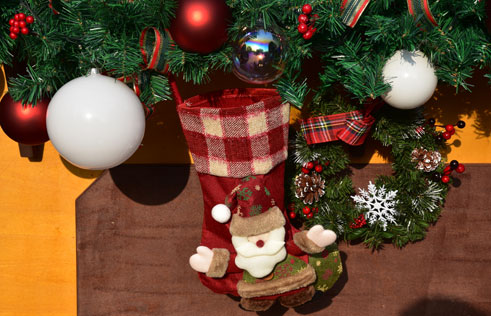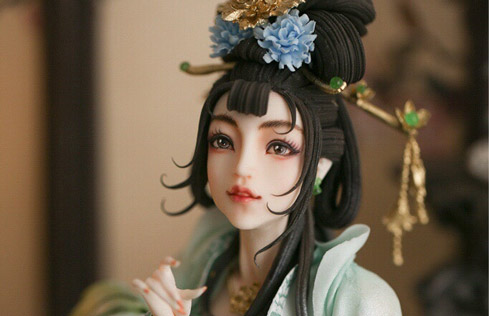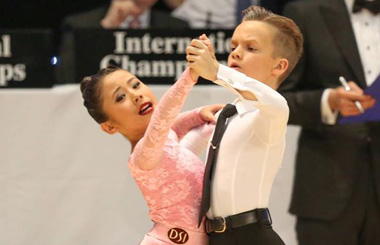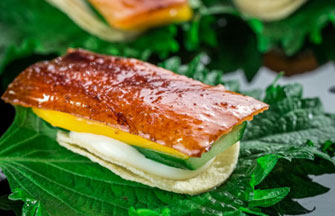Subtle flavors of Tan cuisine an overlooked treat

Tan Family Cuisine, a cooking style that is still largely unknown to many people, even Chinese, is not only a part of Beijing cuisine, but also one of China's best culinary heritages. This elite form of cooking dates back to the Qing Dynasty when Tan Zongjun (1846-1888), a native of Guangdong province, secured a high position in the Qing court as an administrative bureaucrat and moved to the capital. He was known to have a passion for delicacies that required a complex and long cooking process. Tan spent much of his time entertaining and hosting lavish banquets and guests and friends were impressed with the food he served.
By the 1930s, the famed Tan dishes were the talk of the capital, reflected in the saying "in the world of theater, everyone sings like Tan (for Tan Xinpei, the opera virtuoso), in the world of gastronomy, everyone praises Tan (for Tanjia Cai)".
Guo Yao Xiao Ju, led by Chef Guo Xinjun, a veteran of the Tanjia Cai restaurant at the Beijing Hotel, and one of the fourth generation of chefs trained, is keeping this old culinary tradition alive in the family's unassuming restaurant, which is located in a hutong, a hidden gem that you can't believe someone hasn't told you about before.
Tan Family Cuisine features cookery without boundaries, neither too sweet (a southern characteristic) nor too salty (a northern characteristic). It does not have the strong and intense sour flavors of Guizhou province; the boldness of Hunan's chili peppers; the lip numbing effect of Sichuan peppercorn; nor the earthy pickles of Hakka cuisine. Extremes do not exist in Tan cuisine, which is mellow with subtle notes that meet the general tastes of everyone.
"Salt and sugar are the main seasoning to enhance the original flavor of primary ingredients," said Guo, the restaurant owner. "Old chicken, old duck, pork bone, ham and scallops are cooked for many hours to make a pot of rich creamy broth." Also no MSG is used.
"Our sausage uses the best quality Chinese white spirit," Guo said. "And the fat in the sausage is absolutely necessary."
He is right. The thin sliced sausage is deliciously juicy, tasty and tender, all due to the proportion of fat stuffed inside, the high quality spirit, as well as the use of the traditional method of semi-air drying. It tastes even better with a sip of chilled Chardonnay.
It's interesting to note that the cuisine came close to disappearing. The Tan family's fortunes began to dwindle. In order to maintain his high lifestyle, Tan turned his home into a private restaurant, only serving people that he knew or that he met through a referral. However, there was one condition Tan had to be included as a guest at the meal.
It was Peng Changhai who saved the tradition. He began as the family's houseboy when he was 16. His first taste of the food was by finger licking the leftover sauce on the plates.
He was inspired and motivated to learn the art of Tan cuisine after learning that the cost of the ingredients for just one banquet table could feed his entire family for the whole year on the farm.

He took notes and repeated his observations of the cooking process mentally each night before going to bed, mastering the cuisine through sheer determination and diligence.
The cuisine was also saved by the late Premier Zhou Enlai's intervention. In 1958, Peng was invited to work at the Beijing Hotel, serving haute dishes to foreign dignitaries who were visiting China, making it the place that bred several generations of Tan style chefs.
Today the food prepared at Guo Yao Xiao Ju is phenomenal, winning best restaurant award for private cuisine in 2005.
A centerpiece of calligraphy hanging in the restaurant bears four Chinese characters, meaning "a kettle between heaven and earth", a Chinese expression that means the best food on earth.























